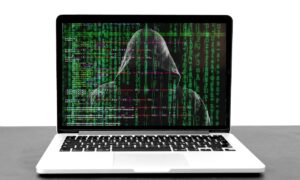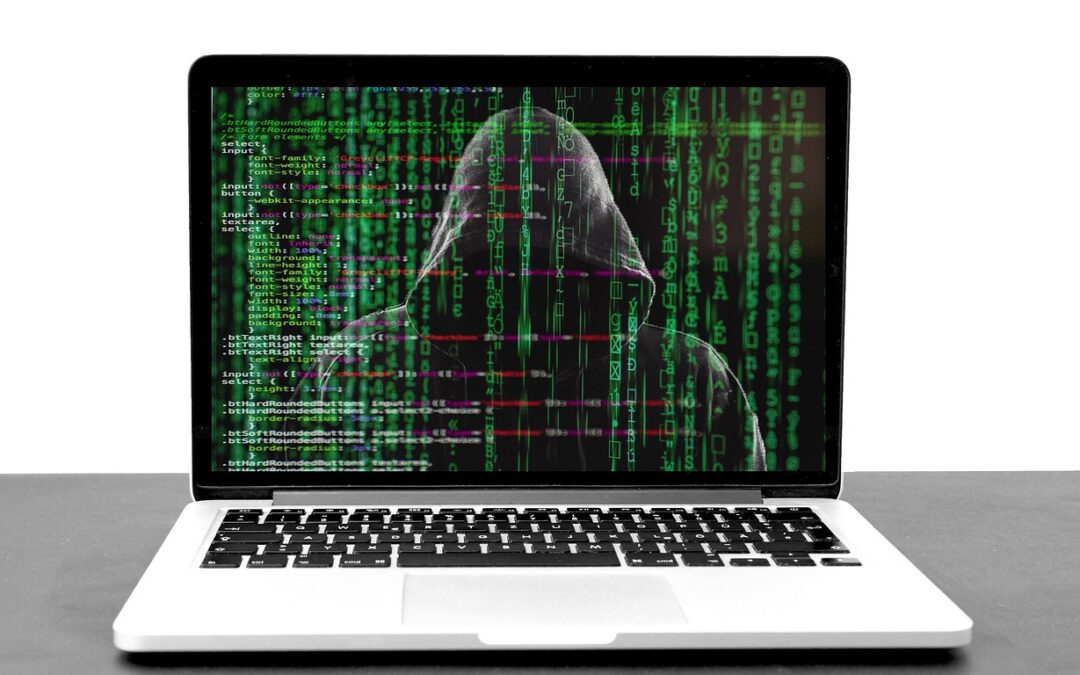
The best way to protect yourself and business from becoming a victim of phishing is knowing how not to become one by being educated as to what phishing looks like.
- Check the sender’s email address. Be cautious if the sender’s email address looks suspicious or unfamiliar. Cybercriminals often use email addresses that mimic legitimate ones but contain slight variations or misspellings.
- Look for generic greetings. Phishing emails often use generic greetings like “Dear Customer” instead of addressing you by name. Legitimate organizations usually personalize their communications.
- Examine the content. Be skeptical of emails with poor grammar, spelling errors, or unusual formatting. Legitimate organizations typically maintain professional communication standards.
- Verify links and URLs. Hover your mouse over links to see the actual URL. Be cautious if it doesn’t match the expected website address. Be especially wary of shortened URLs.
- Be cautious of urgency and threats. Phishing emails often create a sense of urgency or fear, pressuring you to act quickly. This could include threats of account suspension or legal action.
- Check for attachments. Don’t open attachments from unknown or unverified sources, as they could contain malware.
- Inspect the sender’s domain. Verify that the sender’s domain matches the legitimate organization’s domain. Cybercriminals often use domains that resemble real ones.
- Beware of requests for personal information. Legitimate organizations rarely ask for sensitive information like passwords, Social Security numbers, or credit card details via email.
- Verify the sender’s identity. Contact the organization using official contact information (from their website or a trusted source) to verify the legitimacy of the email.
- Stay informed. Keep up to date with the latest phishing techniques and scams. Education is one of the most effective ways to avoid falling victim to phishing.
- If you believe you have been a target of a phishing attempt, it is imperative for you to know what to do and who to involve.
- Protect yourself. Reporting phishing attempts helps you avoid falling victim to scams, which can result in financial loss, identity theft, or other harm.
- Protect others. Reporting phishing can prevent others from being victimized by the same scam. Cybercriminals often target multiple individuals and organizations.
- Help cybersecurity experts. Reporting phishing provides valuable information to cybersecurity professionals and law enforcement agencies, allowing them to track down and take action against cybercriminals.
- Prevent future attacks. Reporting phishing incidents helps organizations and security experts learn about new tactics and vulnerabilities, allowing them to strengthen their defenses and prevent future attacks.
- Legal and financial consequences. Reporting phishing can also be important for legal and financial reasons. Timely reporting can help in investigations and potentially lead to the apprehension and prosecution of cybercriminals.
Recognizing phishing attempts and promptly reporting them is a basic yet important strategy for ensuring your personal security and the broader cybersecurity ecosystem. If you would like to learn more about tools that can be utilized to educate yourself or your staff team about phishing, please contact our IT Service Delivery Manager, Simon Jakubczak, or our Client Relationship Manager, Mike Carver.

